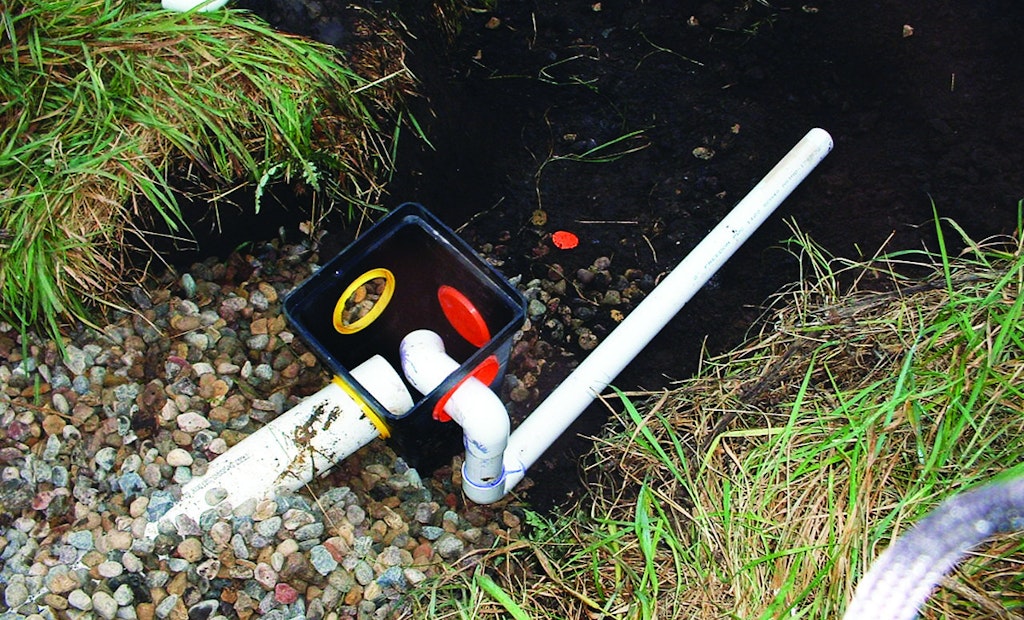As I discussed last month — most gravity distribution techniques have inherent flaws when it comes to how evenly they distribute effluent to the soil treatment area. As I travel across the country, I often get questions about the use of distribution boxes versus dropboxes as some...
Dropbox or Distribution Box – Which One Should I Use?
Your choice between serial and parallel distribution should be based on site conditions and system management oversight
Popular Stories
Discussion
Comments on this site are submitted by users and are not endorsed by nor do they reflect the views or opinions of COLE Publishing, Inc. Comments are moderated before being posted.






